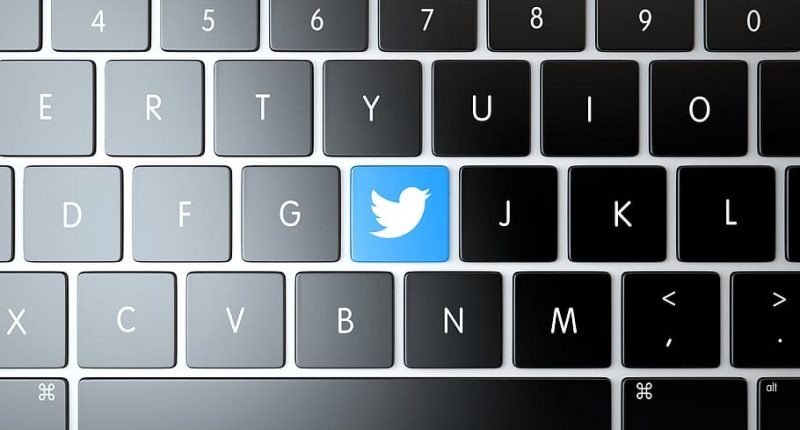Twitter, one of the biggest social media platforms on the face of the Earth, has been shown the mirror by a Ph.D. student Colin Madland , who showed that the platform’s auto crop tool shows bias when it comes to race, and it usually crops out people of colour in the feed. In response, Twitter has admitted that the tool needs more refinement, and that it might shift away from automatic cropping and give the control to the people in the future.
Peculiar crop @twitter @dantley – I know it wasn’t @DanWoikeSports choice… @DwightHoward might want to know. pic.twitter.com/DZA4jAU2bp
— Colin Madland (@colinmadland) October 1, 2020
The company started off by saying that “We’re always striving to work in a way that’s transparent and easy to understand, but we don’t always get this right. Recent conversation around our photo cropping methods brought this to the forefront, and over the past week, we’ve been reviewing the way we test for bias in our systems and discussing ways we can improve how we display images on Twitter.”
First and foremost, Twitter says that its image cropping system relies on saliency, which basically means that it automatically crops to what it thinks will attract the most attention.
“For our initial bias analysis, we tested pairwise preference between two demographic groups (White-Black, White-Indian, White-Asian and male-female). In each trial, we combined two faces into the same image, with their order randomized, then computed the saliency map over the combined image. Then, we located the maximum of the saliency map, and recorded which demographic category it landed on. We repeated this 200 times for each pair of demographic categories and evaluated the frequency of preferring one over the other,” the blog post read.
Twitter mentioned that its own test did not show any racial or gender bias, but there’s a potential harm with automatically cropping photos.
Now, to solve this issue, Twitter will work to decrease its reliance on ML-based image cropping by giving people more visibility and control over what their images will look like in a Tweet.
The company’s approach going forward will be “what you see is what you get” principles of design, which means that users will be able to select what their Tweet will look like in the feed while working with the Tweet composer.
Basically, Twitter may soon allow users to select what their tweets will look like (or more specifically, what their Tweets will ‘show’) on the Twitter feed.





